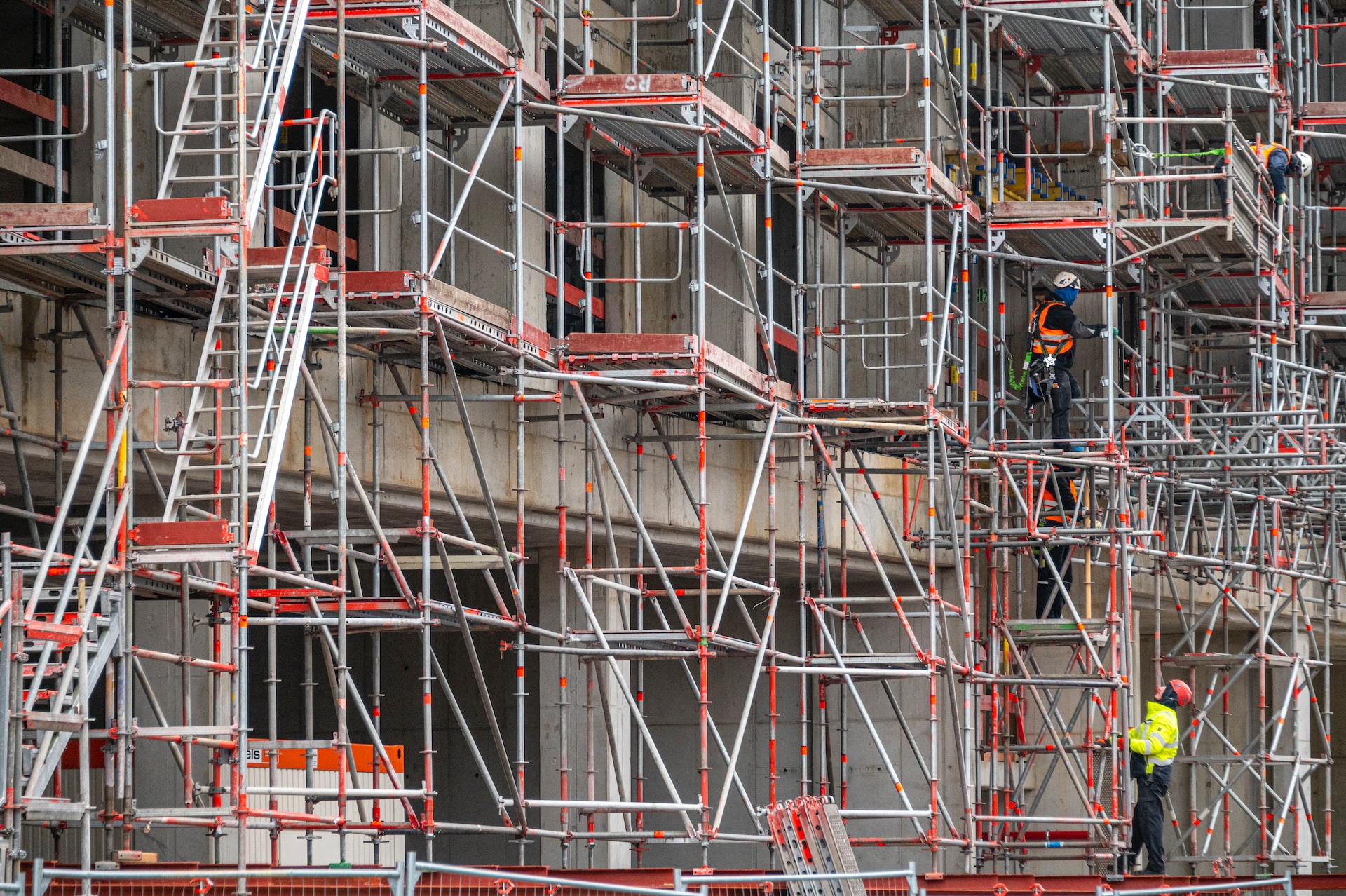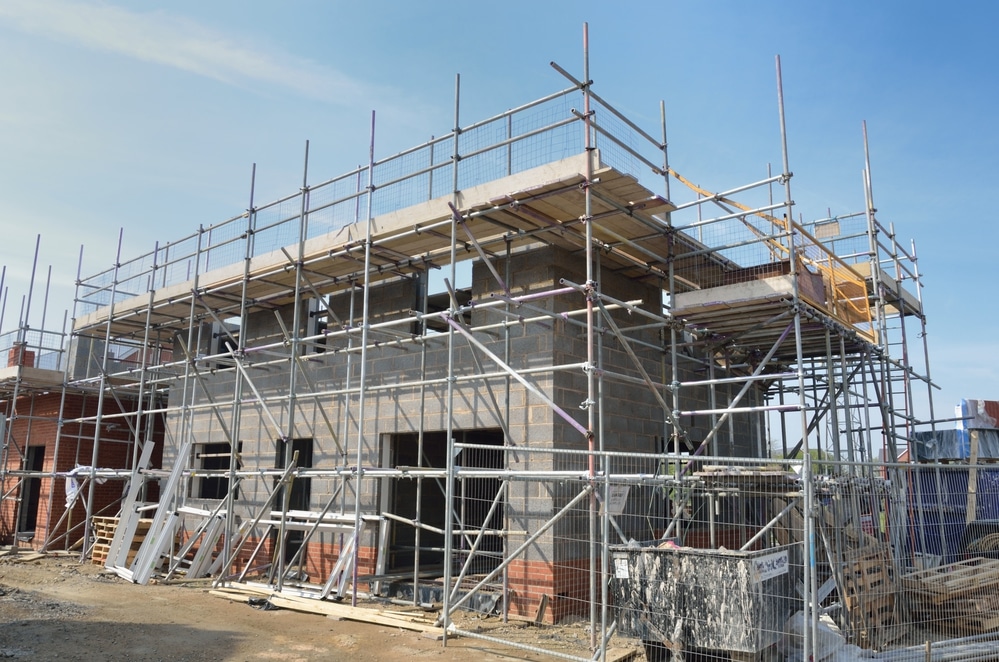Top-Notch Scaffolding Near Me: Expert Solutions for Every Job
Top-Notch Scaffolding Near Me: Expert Solutions for Every Job
Blog Article
Exploring the Different Kinds Of Scaffolding Made Use Of in Building And Construction Tasks
The building and construction industry counts heavily on various types of scaffolding to meet specific job demands, each offering unique benefits and applications. Traditional structure scaffolding provides a strong foundation for basic jobs, while put on hold scaffolding is important for job on skyscraper structures. Various other choices, such as system and rolling scaffolding, cater to efficiency and movement, specifically. The cantilever alternative verifies very useful in metropolitan environments where space is constrained. Understanding the subtleties of these scaffolding types is essential for enhancing safety and security and performance on building sites, motivating a closer exam of their special qualities and applications.

Conventional Framework Scaffolding
Conventional framework scaffolding is one of one of the most extensively utilized methods in the construction market because of its toughness and adaptability. This system contains horizontal and vertical frames that are assembled to produce a stable platform for products and employees. The primary components consist of upright messages, straight ledgers, and angled dental braces, which together give a strong structure that can support significant lots.
One of the key benefits of conventional structure scaffolding is its adaptability to various building tasks, varying from residential buildings to large commercial structures. The modular layout enables very easy assembly and disassembly, making it efficient for both short-term and lasting projects. In addition, the system can be customized in height and size, accommodating different structure designs and site problems.
Security is extremely important in scaffolding applications, and conventional structure systems are geared up with guardrails and toe boards to avoid drops and ensure employee protection. Moreover, routine examinations and adherence to safety policies are critical in maintaining the stability of the scaffold. In general, conventional framework scaffolding continues to be a basic choice in the building market, supplying a dependable platform for labor and improving general job performance

Suspended Scaffolding
Suspended scaffolding supplies an one-of-a-kind option for building projects that call for access to elevated surface areas, specifically in scenarios where standard structure scaffolding may be not practical. This kind of scaffolding is normally suspended from the roof covering or top levels of a structure, using a system of ropes, pulley-blocks, and systems to develop a working room that can be gotten used to numerous heights.
One of the key advantages of put on hold scaffolding is its versatility. It can be quickly rearranged or lowered to suit changes in construction needs, making it excellent for tasks such as home window installment, façade work, and upkeep on skyscrapers. In addition, the very little footprint of put on hold scaffolding permits better usage of ground space in city atmospheres, where room is usually minimal.
Safety is a vital factor to consider in the usage of put on hold scaffolding. Overall, suspended scaffolding provides a effective and efficient remedy for accessing hard-to-reach areas in various building and construction scenarios, improving both performance and security on website.
System Scaffolding
System scaffolding, frequently considered a modern remedy in the scaffolding industry, includes pre-engineered elements that can be quickly set up and adjusted for various building and construction projects. Scaffolding. This sort of scaffolding is characterized by its modular design, which permits for flexibility and efficiency on job sites, accommodating structural demands and different heights
Normally made from high-strength steel or aluminum, system scaffolding supplies improved longevity and security. The parts include upright posts, horizontal journals, and angled braces, which adjoin firmly, making sure a robust structure. The layout usually integrates standard fittings, simplifying assembly and disassembly processes, consequently decreasing labor time and expenses.

Rolling Scaffolding
Rolling scaffolding is a versatile option to traditional fixed scaffolding, made for flexibility and ease of usage on building and construction websites. This kind of scaffolding consists of a platform sustained by frameworks with wheels, allowing employees to quickly move it as needed. The wheelchair feature dramatically boosts productivity, as it decreases downtime related to dismantling and assembling taken care of scaffolding.
Normally created from light-weight products such as aluminum or steel, rolling scaffolding supplies a tough yet portable solution for tasks calling for regular repositioning - Scaffolding. It is particularly advantageous in jobs such as painting, drywall installment, and electrical job, where accessibility to numerous elevations and places is required
Safety and security is paramount in rolling scaffolding layout, with functions such as securing wheels to stop unintentional movement when in operation, and guardrails to shield workers from falls. In addition, many designs are adjustable in elevation, fitting various project needs.
Cantilever Scaffolding

The design of cantilever scaffolding generally includes making use of arms or brackets secured to a building or framework, making it possible for the platform to prolong external securely. Safety and security is paramount; therefore, these scaffolds should be engineered to hold up against various lots and ecological conditions. Regular inspection and upkeep are necessary to guarantee architectural integrity and employee security.
Cantilever scaffolding is favored for its flexibility and efficient usage of room, making it a popular option in city atmospheres where area restraints are usual. In addition, it assists in less complicated accessibility to high altitudes, ultimately adding to the general performance of construction tasks. Just like all scaffolding kinds, proper training and adherence to security requirements are critical for workers using cantilever scaffolding.
Verdict
Typical structure scaffolding offers stability, while suspended scaffolding provides convenience for raised tasks. System scaffolding facilitates fast assembly, and rolling scaffolding enhances flexibility for differing work environments.
Typical frame scaffolding gives a strong structure for basic tasks, while suspended scaffolding is essential for work on high-rise structures.Rolling scaffolding is a flexible choice to traditional set scaffolding, made for flexibility and simplicity of usage on building websites. As with all scaffolding kinds, appropriate training and adherence to security standards are important for workers using cantilever scaffolding.
Standard framework scaffolding supplies stability, while put on hold scaffolding supplies versatility for elevated tasks. System scaffolding assists in fast setting up, and rolling scaffolding enhances wheelchair for varying work settings.
Report this page